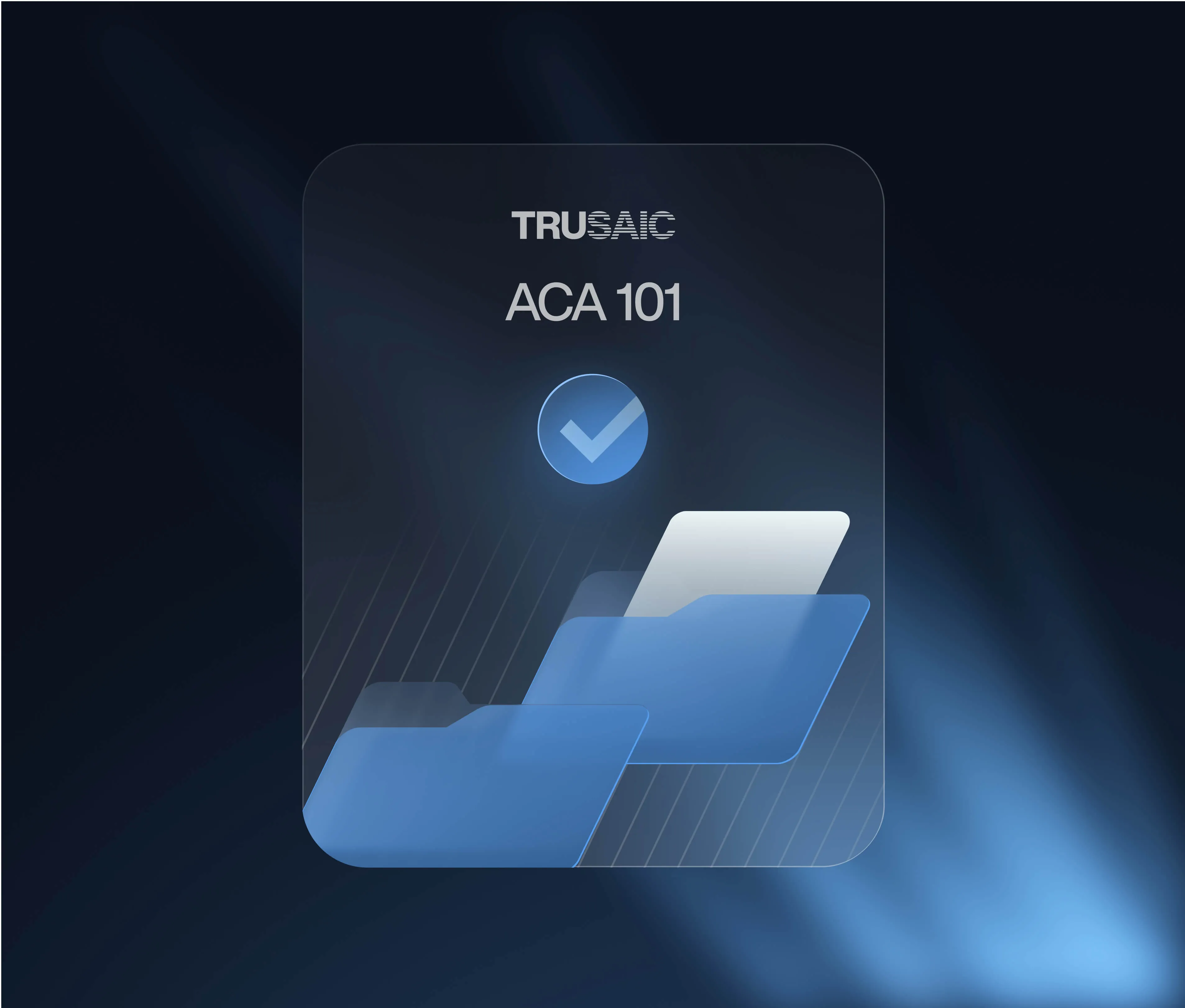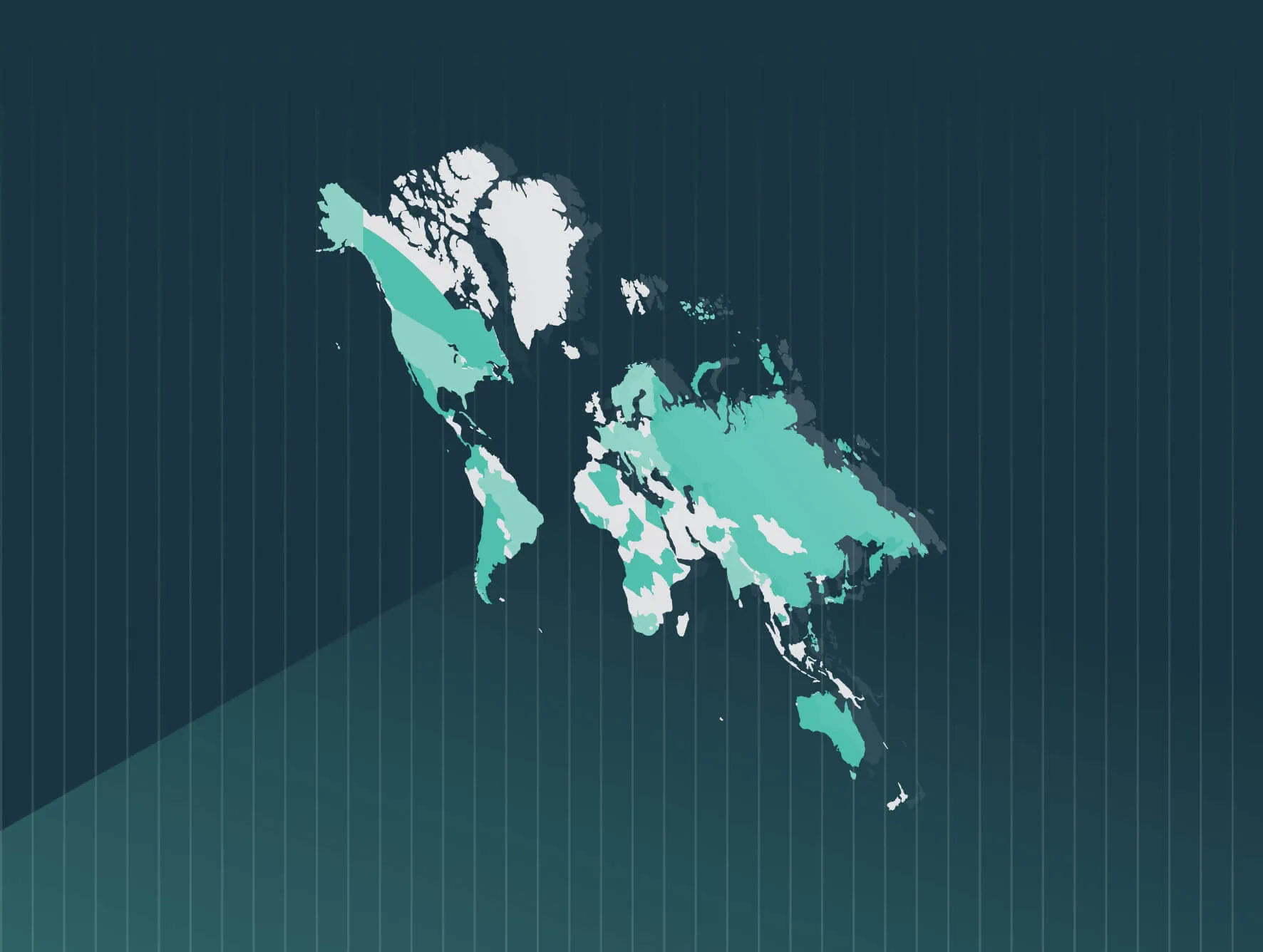Executive Summary
This study analyzed data from compensation professionals in 429 large organizations — 76% of which have operations in Europe – about their pay equity practices.
The data was collected through surveys from 267 organizations in Q1 2025 and 162 organizations in Q1 2024. The findings from this study suggest that many organizations are not ready to comply with the EU Pay Transparency Directive (EUPTD) on gender pay gaps and still have significant work to do to address pay equity more comprehensively and broadly.
The key takeaway is that just 16% of organizations are ready to meet the requirements of the EUPTD using base pay. This drops to 3% when using total cash compensation and 2% with total direct compensation.
Other key takeaways from this research include:
- While most organizations assess base pay in gender pay equity analyses, few consider total compensation. Excluding components like bonuses, stock options, and performance shares can obscure actual gender pay disparities, undermining the intent of the EUPTD.
- Many organizations rely on basic statistics to analyze pay equity, which fails to account for factors like education, experience, or job responsibilities. Fewer organizations use multiple regression analysis, the method best aligned with EUPTD’s requirements for justifying pay differences using objective, gender-neutral criteria.
- Few organizations use specialized pay equity software, despite its importance for rigorous, reliable analysis. In addition, reliance on external consultants varies by revenue level and industry, but is heavily skewed toward higher-revenue organizations.
- Although EUPTD emphasizes pay transparency, most organizations only share findings with internal leadership, HR, or legal teams. Few organizations make pay equity results public or disclose full salary ranges to employees, limiting accountability and trust.
- While regular analyses are key to promptly identifying and correcting pay inequities, many organizations do not conduct annual pay equity assessments. In addition, while most organizations remediate base pay gaps within a year, few correct inequities in short-term and long-term incentives within that timeframe, risking non-compliance with the EUPTD’s mandate.
- While gender is the primary focus, some organizations are expanding pay equity analyses to include race, ethnicity, and age. Still this trend is uneven across industries and lacks consistency, limiting broader diversity and inclusion efforts.
In addition, this study explored pay equity practices by both revenue and industry. While many notable patterns emerged, particularly by industry, we highlight a few key findings below:
- Compared to lower-revenue organizations, higher-revenue organizations are more likely to include total direct compensation in their pay equity analyses, use multiple regression, correct pay inequities within a single fiscal year, and conduct pay equity analyses annually; they also place greater emphasis on mitigating legal risk, more often citing addressing root causes of pay inequities as a key obstacle to implementing pay equity programs.
- Financial services organizations are more advanced in their pay equity practices — they are more likely to analyze total compensation that includes short-term and long-term incentives, use regression and external consultants to conduct pay equity analyses, remediate pay gaps within a year, and conduct annual pay equity analyses rather than on an ad hoc basis; they also report greater transparency with employees, are highly motivated by risk mitigation and talent attraction, and view job leveling — rather than cost—as an obstacle to implementing pay equity programs.
- Healthcare organizations tend to lag in pay equity practices—they are least likely to include total direct compensation in the pay equity analyses, use pay equity software, or analyze pay equity annually; they rely heavily on basic statistics for pay equity analyses, often conducting them on an ad hoc basis, report low transparency with employees, are less motivated by legal risk, emphasize the cost of pay corrections as a key obstacle to implementing pay equity programs, and are least likely to consider proposed base pay in their analyses.
Leverage the World’s Most Trusted Software for Pay Equity and EUPTD Compliance
Trusaic’s pay equity and transparency solutions help global organizations navigate the evolving regulatory landscape.
We offer a complete solution for EU Pay Transparency Directive compliance.
- PayParity® analyzes your rewards data (compensation/benefits in kind) and quickly identifies inequities to determine if your adjusted gender pay gap is above 5%. It enables you to easily comply with Article 7 (right to information) and Article 6 requirements (pay setting and progression policy).
- Our Remediation Optimization Spend Agent (R.O.S.A.) works as PayParity’s AI remediation partner to find the most cost-effective way to close nominal pay gaps above 5% to ensure compliance.
- Salary Range Finder ensures equitable pay at the point of hire to prevent your pay gap from rising above 5% and enables you to easily comply with the Directive’s salary range disclosure and salary history ban requirements.
- Regulatory Pay Transparency Reporting™ captures your pay equity findings and generates compliant, one-click reports across all EU jurisdictions.
- Our Pay Transparency Agent answers all your pay transparency reporting questions instantly
- Our Communications Agent crafts perfect contextual narratives in any EU language to support your annual pay reports.
Trusaic is GDPR compliant and can assist any organization in any EU state in meeting its obligations under both the EU Corporate Sustainability Reporting Directive and the EU Pay Transparency Directive.
Visit our always updated Member State Transposition Monitor to stay on top of the latest EU Pay Transparency Directive developments.







